
To true food lovers, the sound of a steak hitting a hot pan or grill is pure music — a sizzling promise of something delicious on the way. But let’s be honest: getting that perfect sear isn’t always easy. We’ve all wondered, what temp should I sear steak at? I’ve nearly burnt my kitchen down once or twice trying to figure it out! But after plenty of trial and error, I’ve finally cracked the code. Now I can get that rich, golden restaurant-quality crust every time — no fire extinguisher needed.
The right steak searing temperature is crucial for achieving that mouthwatering caramelization we all crave. It’s not just about cranking the heat — it’s about finding the sweet spot where your steak develops a deep, flavorful crust without losing its juicy interior. Too hot, and you risk burning the outside; too low, and you miss the magic. Let’s dive into the science of searing and uncover how to get that perfect golden-brown crust every time.
Key Takeaways
- The ideal temperature range for searing steak is 300°F to 500°F (149°C to 260°C)
- Searing enhances flavor rather than sealing in juices
- Temperatures above 500°F can dry out the meat
- Proper searing creates a caramelized exterior on the steak
- Different cuts of steak may require specific searing techniques
Knowing the right steak searing temperature can improve your cooking. With the perfect sear temp for steak in mind, you’re ready to make steakhouse-quality meals at home. Let’s see how to get that golden crust that makes your mouth water before you even take a bite.
Understanding Steak Searing Basics
Learning how to sear steak is a must if you want to cook like a pro right in your own kitchen. It’s one of the simplest ways to elevate a basic cut of meat into something truly impressive. In this guide, we’ll break down the basics of steak searing and reveal the best temperature for searing steak to help you get that perfect, flavorful crust every time.
What is Searing and Why It’s Important
Searing is a technique that uses high heat to form a delicious crust on your steak. This process, called Maillard reaction by French chemist Louis-Camille Maillard in 1912, imparts the right flavor and makes it look appetizing.
Common Myths About Searing Steak
Some believe that searing locks in juices, but that’s a common cooking myth. In reality, searing doesn’t seal moisture — in fact, it can cause some moisture loss as the surface of the meat is exposed to heat. What you do gain, however, is a rich, savory crust that adds incredible flavor. Another misconception is that you need extremely high temperatures to sear properly. While high heat is important, it’s not the only factor — timing, technique, and even pan or grill surface all play key roles in achieving an excellent sear.
The Science Behind the Perfect Sear
Depending on the cooking grid and how you prefer your steak to be cooked, the best level of heat needed for searing differs with every individual. For a medium-rare piece of meat, ensure that the innermost part registers 125°F. Consider that it will continue heating after removal from fire. To have a good sear, try timing each side at about three to five minutes which applies for most cuts of meat. This article hence gives information on how one can cook a steak over an open flame using Otto Wilde Grill Broiler or any other brand available as well as reverse sear method to cook it evenly and perfectly.
Ideal Temperature Range for Searing Steak
Knowing the right temperature to sear steak is essential for achieving that perfect, golden crust without sacrificing juiciness. The ideal searing temperature falls between 300°F and 500°F. Staying within this range allows the Maillard reaction to work its magic — creating rich flavor and a beautiful brown crust — while preventing the meat from drying out or overcooking too quickly.
For the best results, aim for temperatures between 450°F and 500°F. This sweet spot triggers the Maillard reaction. It creates delicious flavors and aromas we love in a perfectly seared steak.
Be cautious when using temperatures above 500°F. While some grill manufacturers promote searing at 700°F or higher, this extreme heat can lead to charring, a burnt exterior, and uneven cooking. It’s also important to understand that different cooking surfaces — such as cast iron, stainless steel, or grill grates — have varying heat capacities and retain heat differently. Mastering the balance between heat and surface type is key to achieving a perfect sear without compromising flavor or texture.
| Cooking Surface | Recommended Temperature Range |
|---|---|
| Cast Iron Skillet | 500-600°F |
| Griddle | 350-400°F |
| Outdoor Burners | 60,000-105,000 BTU (use caution) |
| Stove Burners | 6,000-12,000 BTU |
The key to a perfect sear is balancing heat and timing. Flip your steak when it turns dark brown, usually within a minute. After searing, let your steak rest for at least 5 minutes before serving. This lets the juices spread evenly.
Preparing Your Grill or Pan for Searing
Getting your cooking surface ready is key for a perfect steak sear. The right sear temp depends on your cooking method. But, proper prep is essential no matter what.
Preheating Techniques for Different Cooking Surfaces
For a perfect steak sear on the grill, preheat your grill to 400°F–450°F. This usually takes about 10–15 minutes with all burners set to high heat — don’t rush it, as a fully heated grill is key to a proper sear. If you’re pan-searing instead, use a thick cast iron skillet and let it heat over high heat until it’s sizzling hot. Whether you’re grilling or pan-searing, consistent heat is essential for that golden, flavorful crust.
Cleaning and Oiling Your Cooking Surface
Clean your grill grates or pan before cooking. Brush the surface with oil to prevent sticking and get those great sear marks. For pan-searing, olive oil and unsalted butter are a great mix.
Adjusting Heat Zones on Your Grill
Create different heat zones on your grill for better temperature control. This lets you sear at high heat. Then, move the steak to a cooler area if needed.

| Cooking Method | Temperature | Searing Time (per side) |
|---|---|---|
| Grilling | 400°F-450°F | 2 minutes |
| Pan Searing | High heat | 5-6 minutes |
| Reverse Sear (oven) | 275°F | Varies (until 100°F internal) |
Remember, patience is key for a perfect sear. Let your steak cook without flipping too soon. This way, you’ll get that beautiful caramelization. With these tips, you’ll master steak searing in no time.
What Temp to Sear Steak: A Comprehensive Guide
Searing steak is an art that calls for both precision and the right temperature control. The ideal sear temp for steak falls between 450°F and 500°F (232°C to 260°C). This level of high heat is crucial for creating that beautiful golden-brown crust on the outside while keeping the inside tender and juicy. Mastering this balance is what separates a good steak from a truly unforgettable one.
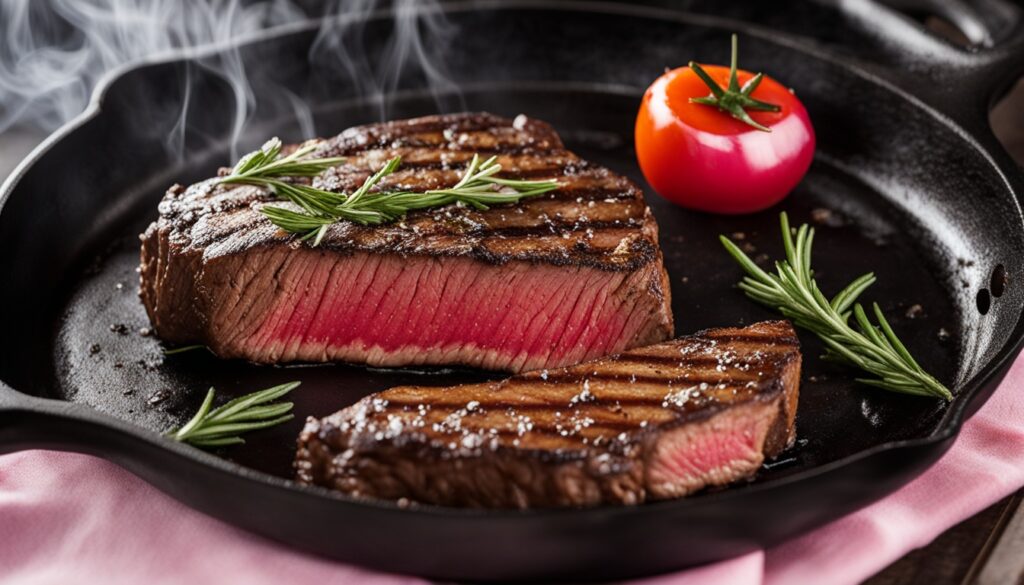
The Maillard reaction occurs between 280°F and 330°F as one sears a steak. It is what gives the flavor that is sought after for this particular food item. In order to get to the stage of Maillard browning quickly, your cooking surface has to be very hot enough.
For the best results, follow these steps:
- Preheat your pan or grill to 450°F-500°F
- Pat your steak dry and season it well
- Sear each side for 45-90 seconds
- Use a meat thermometer to check internal temperature
The internal temperature tells you how done the steak is. Here’s a quick guide:
| Doneness | Internal Temperature |
|---|---|
| Rare | 125°F |
| Medium Rare | 135°F |
| Medium | 145°F |
| Well Done | 160°F |
The steak will keep cooking as it rests. So, aim for about 5°F below your final temperature when searing. With practice, you’ll get the perfect sear temp for steak every time.
Step-by-Step Process for Searing Steak
Learning to sear steak the right way takes just a few simple steps — and the results are absolutely worth it. In this guide, we’ll walk you through the process to achieve that perfect crust on the outside and a juicy, tender inside. One of the most important things to remember? The best temperature for searing steak is the foundation of success. Get the heat right, and you’re well on your way to steakhouse-quality results at home.
Bringing Steak to Room Temperature
Start by removing your steak from the fridge about an hour before cooking. Letting it come to room temperature helps ensure even cooking and sets the stage for that perfect sear. Once it’s rested, pat the steak dry with a paper towel to get rid of any excess moisture — a dry surface is essential for developing a rich, golden-brown crust when it hits the heat.
Seasoning Your Steak
Season your steak with sea salt and black pepper generously. Aim for 3/4 teaspoon of salt per pound of beef. Keep in mind, different salts can be more or less salty, so adjust as needed.
Timing Your Sear
For a 1-inch thick steak, sear it over high heat for about 3–4 minutes per side. This method is ideal for achieving a flavorful medium-rare doneness with a beautifully browned crust. To avoid over- or undercooking, always use a meat thermometer to check the internal temperature — it’s the most reliable way to hit your perfect level of doneness every time.
Flipping Techniques
You can flip your steak more than once without ruining the sear. In fact, flipping often can help cook it evenly. Use tongs to flip the steak, not a fork.
Getting your steak hot enough to sear is crucial for that rich, flavorful crust. Use a cast-iron skillet or a grill preheated to high heat — ideally between 450°F and 500°F — to ensure proper caramelization. Once the steak is cooked to your desired doneness, let it rest for five minutes before slicing. This allows the juices to redistribute, giving you a tender, juicy bite in every slice.
Advanced Searing Techniques for Different Cuts
Searing steak is beyond just simple cooking skills. The triple-sear technique enhances the flavors and textures thereby making high-end cuts distinguish themselves. This guide will teach you how to achieve a perfect sear for your steak.
This searing method is ideal for larger cuts of steak like Ribeye, Top Sirloin, and New York Strip. It works especially well with steaks that are up to an inch thick, giving you a flavorful crust without overcooking the center. For the best results, choose high-quality beef such as Prime or Wagyu steaks — their rich marbling delivers exceptional tenderness and flavor when seared properly.
Start by sprinkling some coarse salt on it, then dip it in whisky and end by soaking in soy sauce. Each step has temperature control that has to be done very carefully. Temperatures range between 90°F and 130°F depending on your preference.
- First sear: Coat steak in coarse salt
- Second sear: Dip in whisky or alternative spirits
- Final sear: Soak in soy sauce
For top results, use live fire cooking with charcoal, lump charcoal, or firewood. These give better heat control than skillets. Adjust searing times and temperatures for different cuts.
After searing, let your steak rest. This step lets juices spread evenly, making the steak tender and tasty. Rest small steaks for 5 minutes and big roasts for 10-20 minutes before carving.
Mastering these advanced searing techniques will take your steak cooking to the next level. Try different cuts and methods to find your ideal sear.
Conclusion
To truly master the art of searing steak, it’s important to understand both the correct temperature and the right method. The ideal searing temperature ranges from 300°F to 500°F, depending on whether you’re using a grill, cast iron skillet, or another cooking surface. While some top steakhouses use specialized infrared broilers that reach temperatures of 1800°F or more, you can still achieve a restaurant-quality sear at home using a gas or charcoal grill — or even a well-heated cast iron pan.
When choosing a sear temperature consider your cooking equipment and preference of doneness. Gas grills with sear burners can get very hot. Charcoal grills can reach up to 500°F by stacking coals. For pan-searing, preheat a cast iron skillet to about 600°F. This creates a flavorful crust while keeping the inside juicy.
No matter what method you choose, always start with high-quality ingredients and season generously. The level of marbling in your steak — the fine streaks of fat — plays a major role in both texture and flavor, especially across beef grades like Prime, Choice, and Select. Properly salting your steak before cooking not only enhances taste but also helps retain moisture, preventing the meat from drying out. With these tips and a bit of practice, you’ll be making restaurant-quality steaks at home every single time.

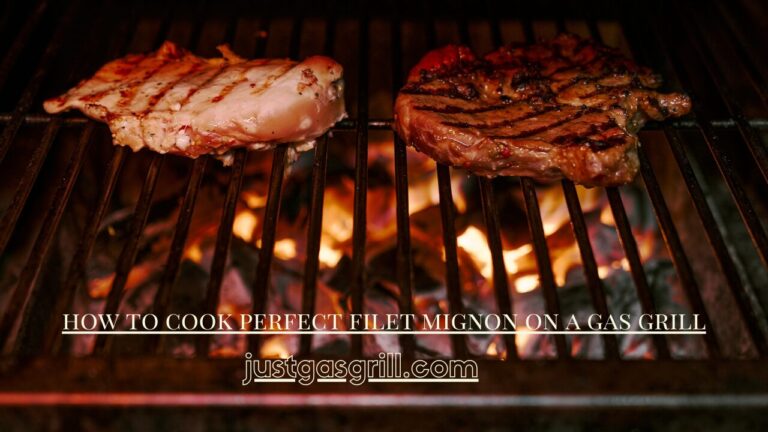
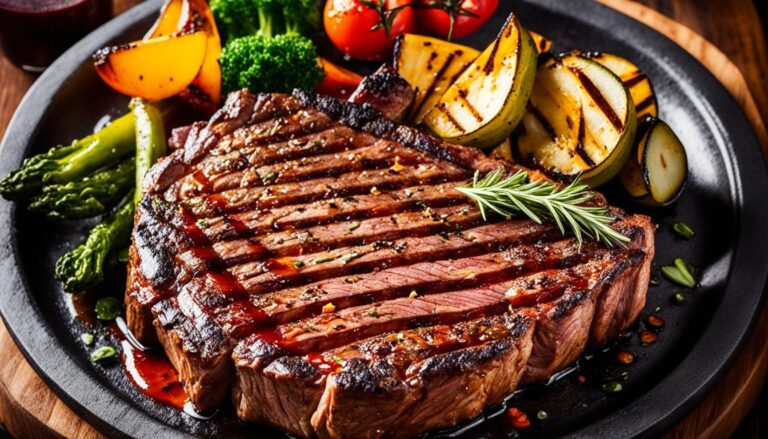
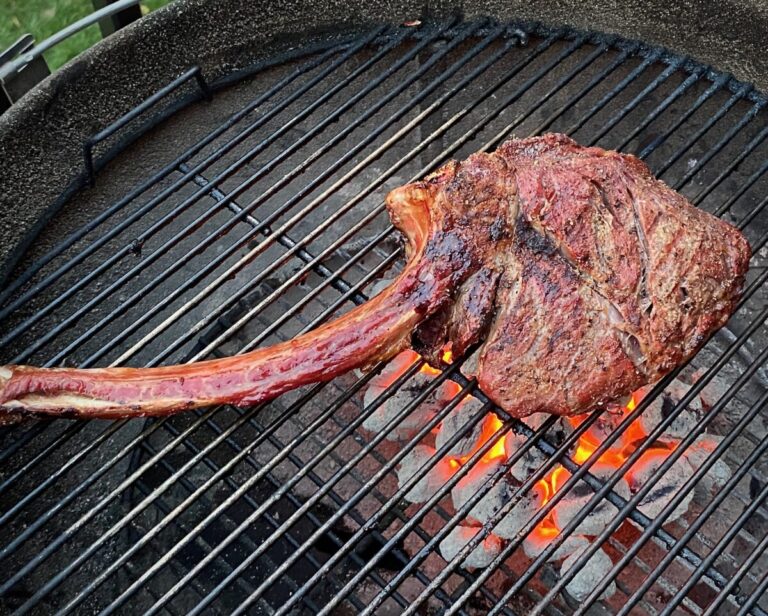
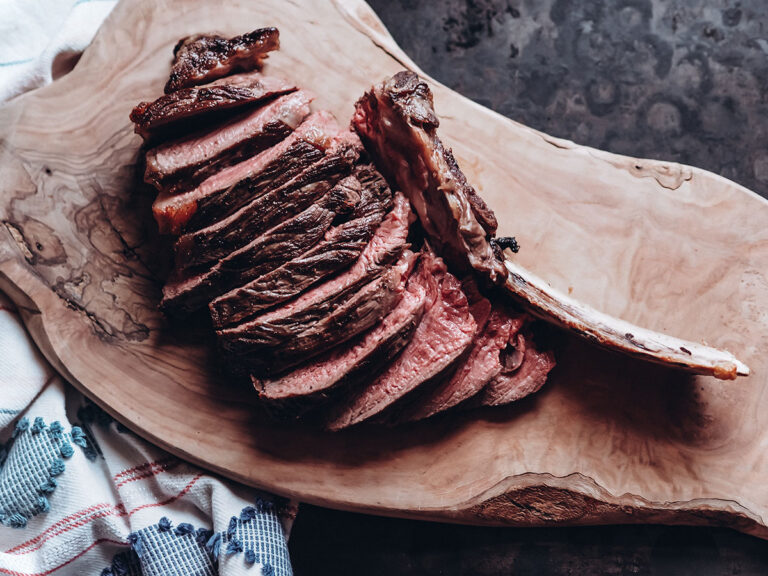


One Comment